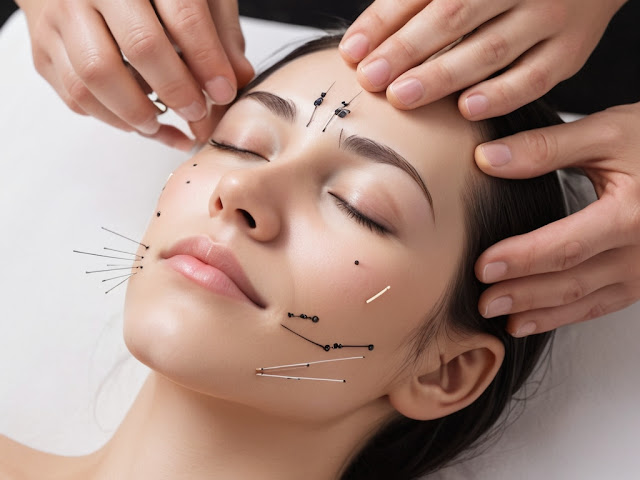Exploring Natural Alternatives to Botox: Effective Options for Youthful Skin
Botox has become a popular solution for those seeking to reduce wrinkles and achieve a youthful appearance. However, not everyone is comfortable with the idea of injections or the potential side effects. For those looking for a more natural approach to anti-aging, there are several alternatives that can help maintain youthful skin without the need for Botox. In this article, we will explore various natural alternatives to Botox, highlighting their benefits and effectiveness.Understanding the Desire for Natural Alternatives
Safety and Side Effects: Some individuals prefer natural alternatives due to concerns about the side effects and potential risks associated with Botox injections.
Holistic Approach: A growing number of people are interested in holistic and non-invasive treatments that align with a natural lifestyle.
Top Natural Alternatives to Botox
Facial Exercises
- Benefits: Facial exercises, also known as facial yoga, involve specific movements designed to tone and tighten facial muscles, potentially reducing the appearance of wrinkles.
- Effectiveness: Regular practice of facial exercises can improve muscle tone, enhance circulation, and promote a more youthful appearance over time.
Acupuncture
- Benefits:
Facial acupuncture stimulates the body’s natural healing processes, increasing blood flow and collagen production, which can help reduce wrinkles and improve skin elasticity. - Effectiveness: Many individuals report noticeable improvements in skin texture and firmness after a series of acupuncture sessions.
- Benefits:
Natural Topical Treatments
- Retinol and Vitamin C: These ingredients are well-known for their anti-aging properties. Retinol, a derivative of vitamin A, promotes cell turnover and collagen production, while vitamin C brightens the skin and reduces the appearance of fine lines.
- Peptides: Peptides are short chains of amino acids that help stimulate collagen production, improving skin texture and reducing wrinkles.
- Hyaluronic Acid: This powerful hydrator attracts and retains moisture in the skin, plumping up fine lines and giving the skin a more youthful appearance.
Healthy Diet and Hydration
- Benefits: A diet rich in antioxidants, vitamins, and minerals can significantly impact skin health. Foods such as berries, leafy greens, nuts, and fish are excellent choices for promoting youthful skin.
- Effectiveness: Staying hydrated and consuming nutrient-dense foods helps maintain skin elasticity and prevent the formation of wrinkles.
Essential Oils and Natural Remedies
- Rosehip Oil: Rich in vitamins A and C, rosehip oil is known for its skin-rejuvenating properties and ability to reduce the appearance of wrinkles and scars.
- Argan Oil: Packed with antioxidants and essential fatty acids, argan oil helps hydrate and nourish the skin, improving its overall texture and appearance.
- Aloe Vera: Known for its soothing and moisturizing properties, aloe vera can help reduce the appearance of fine lines and improve skin elasticity.
Microneedling
- Benefits: Microneedling involves using fine needles to create tiny punctures in the skin, stimulating collagen production and promoting skin repair and rejuvenation.
- Effectiveness: This treatment can improve skin texture, reduce the appearance of scars, and enhance the effectiveness of topical skincare products.
Lifestyle Factors for Youthful Skin
Regular Exercise: Physical activity increases blood flow, which helps nourish skin cells and keep them healthy. Exercise also reduces stress, which can have a positive impact on skin health.
Adequate Sleep: Quality sleep is essential for skin repair and regeneration. Aim for 7-9 hours of sleep per night to maintain a youthful complexion.
Sun Protection: Protecting your skin from UV damage is crucial for preventing premature aging. Use a broad-spectrum sunscreen with at least SPF 30 daily.
Conclusion
While Botox is a popular and effective treatment for reducing wrinkles, there are numerous natural alternatives available for those seeking a more holistic approach to anti-aging. From facial exercises and acupuncture to natural topical treatments and lifestyle changes, these alternatives can help maintain youthful skin without the need for injections.
By exploring and integrating these natural options into your skincare routine, you can achieve and maintain a youthful appearance in a safe and sustainable manner. Always consult with a skincare professional to determine the best approach for your individual needs and preferences




